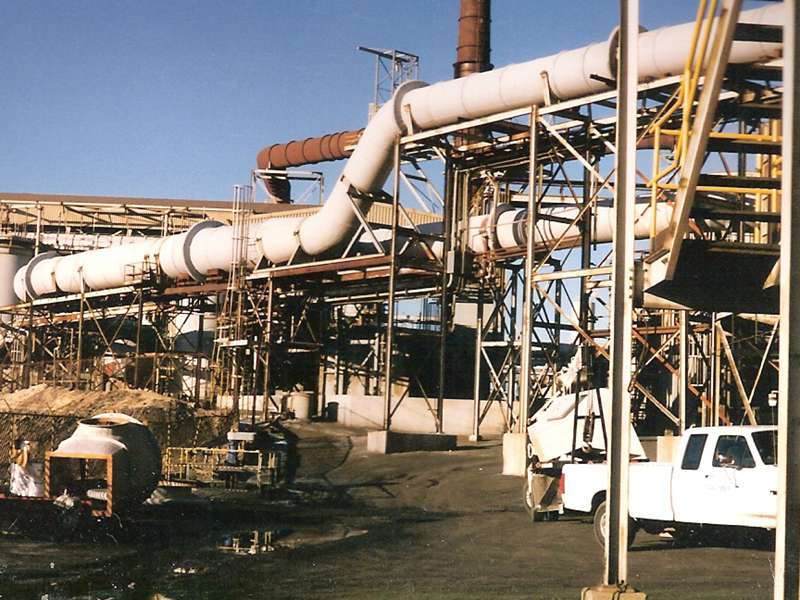
-
 Afrikaans
Afrikaans -
 Albanian
Albanian -
 Amharic
Amharic -
 Arabic
Arabic -
 Armenian
Armenian -
 Azerbaijani
Azerbaijani -
 Basque
Basque -
 Belarusian
Belarusian -
 Bengali
Bengali -
 Bosnian
Bosnian -
 Bulgarian
Bulgarian -
 Catalan
Catalan -
 Cebuano
Cebuano -
 China
China -
 China (Taiwan)
China (Taiwan) -
 Corsican
Corsican -
 Croatian
Croatian -
 Czech
Czech -
 Danish
Danish -
 Dutch
Dutch -
 English
English -
 Esperanto
Esperanto -
 Estonian
Estonian -
 Finnish
Finnish -
 French
French -
 Frisian
Frisian -
 Galician
Galician -
 Georgian
Georgian -
 German
German -
 Greek
Greek -
 Gujarati
Gujarati -
 Haitian Creole
Haitian Creole -
 hausa
hausa -
 hawaiian
hawaiian -
 Hebrew
Hebrew -
 Hindi
Hindi -
 Miao
Miao -
 Hungarian
Hungarian -
 Icelandic
Icelandic -
 igbo
igbo -
 Indonesian
Indonesian -
 irish
irish -
 Italian
Italian -
 Japanese
Japanese -
 Javanese
Javanese -
 Kannada
Kannada -
 kazakh
kazakh -
 Khmer
Khmer -
 Rwandese
Rwandese -
 Korean
Korean -
 Kurdish
Kurdish -
 Kyrgyz
Kyrgyz -
 Lao
Lao -
 Latin
Latin -
 Latvian
Latvian -
 Lithuanian
Lithuanian -
 Luxembourgish
Luxembourgish -
 Macedonian
Macedonian -
 Malgashi
Malgashi -
 Malay
Malay -
 Malayalam
Malayalam -
 Maltese
Maltese -
 Maori
Maori -
 Marathi
Marathi -
 Mongolian
Mongolian -
 Myanmar
Myanmar -
 Nepali
Nepali -
 Norwegian
Norwegian -
 Norwegian
Norwegian -
 Occitan
Occitan -
 Pashto
Pashto -
 Persian
Persian -
 Polish
Polish -
 Portuguese
Portuguese -
 Punjabi
Punjabi -
 Romanian
Romanian -
 Russian
Russian -
 Samoan
Samoan -
 Scottish Gaelic
Scottish Gaelic -
 Serbian
Serbian -
 Sesotho
Sesotho -
 Shona
Shona -
 Sindhi
Sindhi -
 Sinhala
Sinhala -
 Slovak
Slovak -
 Slovenian
Slovenian -
 Somali
Somali -
 Spanish
Spanish -
 Sundanese
Sundanese -
 Swahili
Swahili -
 Swedish
Swedish -
 Tagalog
Tagalog -
 Tajik
Tajik -
 Tamil
Tamil -
 Tatar
Tatar -
 Telugu
Telugu -
 Thai
Thai -
 Turkish
Turkish -
 Turkmen
Turkmen -
 Ukrainian
Ukrainian -
 Urdu
Urdu -
 Uighur
Uighur -
 Uzbek
Uzbek -
 Vietnamese
Vietnamese -
 Welsh
Welsh -
 Bantu
Bantu -
 Yiddish
Yiddish -
 Yoruba
Yoruba -
 Zulu
Zulu
Exploring the Impact of FRP Settler on Environmental Systems and Industrial Applications
The Concept of FRP Settler A Deeper Dive
Fiber Reinforced Polymer (FRP) technology has made significant strides in various fields, particularly in construction and civil engineering. Among the many applications of FRP, the FRP settler has emerged as an important innovation in the management and treatment of wastewater. This article explores the concept of FRP settlers, their advantages, applications, and impact on environmental sustainability.
Understanding FRP Settlers
An FRP settler is a type of wastewater treatment system that utilizes Fiber Reinforced Polymers to enhance the efficiency and durability of the settling process. Settling is a crucial phase in wastewater treatment, where heavier solids are allowed to sink to the bottom of a tank, allowing for the separation of liquid and solid waste. Traditional settling tanks made of concrete or steel often experience corrosion and structural degradation over time, especially in aggressive chemical environments. This is where FRP materials shine, as they offer a lightweight, corrosion-resistant solution that can extend the lifespan of settling operations.
Advantages of FRP Settlers
1. Corrosion Resistance One of the most significant benefits of FRP settlers is their resistance to chemicals commonly found in wastewater. Unlike traditional materials, FRP does not corrode or degrade when exposed to harsh substances, ensuring long-term functionality and reduced maintenance costs.
2. Lightweight Design FRP materials are considerably lighter than conventional construction materials, making transportation and installation much easier. This lightweight nature also allows for the construction of larger systems without the need for extensive support structures.
frp settler

3. Cost-Effectiveness While the initial investment in FRP technology may be higher than traditional methods, the long-term savings associated with reduced maintenance, prolonged lifespan, and lower operational costs can make FRP settlers a more cost-effective solution in the long run.
4. Customizability FRP settlers can be manufactured in various shapes and sizes to meet specific site requirements and capacities. This flexibility allows for tailored designs that can optimize purification processes.
5. Eco-Friendly By utilizing advanced materials and efficient techniques, FRP technology contributes to more sustainable practices in wastewater treatment. The lightweight characteristics reduce the environmental impact during transport and installation, and the extended lifespan minimizes waste generation.
Applications of FRP Settlers
FRP settlers find diverse applications across industries that require wastewater treatment. Municipal water treatment plants, food and beverage industries, chemical manufacturing facilities, and mining operations all benefit from this technology. With increasing regulations surrounding waste management and environmental protection, the adoption of FRP settlers is likely to grow.
Conclusion
As the world grapples with the challenges of wastewater management and environmental sustainability, innovations like the FRP settler provide a promising solution. Combining durability, efficiency, and cost-effectiveness, FRP technology stands at the forefront of modern wastewater treatment methodologies. It showcases how engineering advancements can align with environmental goals, fostering a cleaner and more sustainable future. The ongoing development and implementation of such systems will play a crucial role in ensuring that societies can manage their wastewater effectively, balancing industrial needs with ecological preservation. As the demand for innovative wastewater solutions increases, FRP settlers could very well be part of the solution to our growing environmental challenges.
Latest news
-
Exploring the Benefits of Top Hammer Drifter Rods for Enhanced Drilling PerformanceNewsJun.10,2025
-
High-Precision Fiberglass Winding Machine for GRP/FRP Pipe Production – Reliable & Efficient SolutionsNewsJun.10,2025
-
FRP Pipes & Fittings for Shipbuilding - Corrosion-Resistant & LightweightNewsJun.09,2025
-
Premium FRP Flooring Solutions Durable & Slip-ResistantNewsJun.09,2025
-
Premium Fiberglass Rectangular Tanks Durable & Lightweight SolutionNewsJun.09,2025
-
Tapered Drill String Design Guide Durable Performance & UsesNewsJun.09,2025









